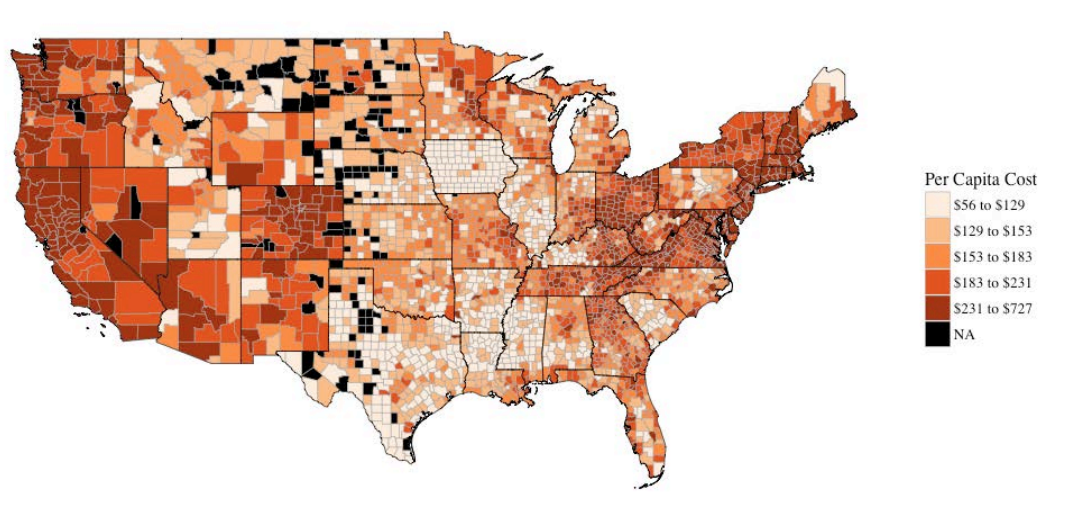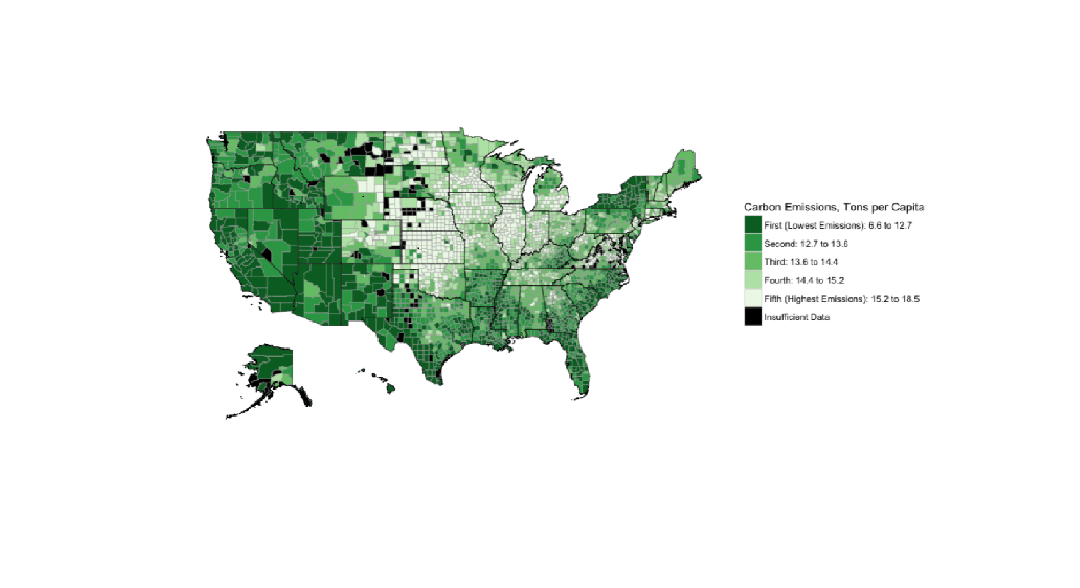
New MGA Paper Details Downsides of Prescription Opioid Tax
In a new paper sponsored by Women In Government, MGA examines why a proposed tax on prescription opioids would be ineffective and details the unintended consequences of this policy.

In a new paper sponsored by Women In Government, MGA examines why a proposed tax on prescription opioids would be ineffective and details the unintended consequences of this policy.

In a new paper, MGA discusses why the biosimilars market in the United States is not more developed and what steps can be taken to boost competition for biologic drugs. The paper identifies barriers to biosimilars by four categories, related to reference product manufacturers, biosimilar manufacturers, policy, and stakeholder education and awareness. Among the strategies to overcoming barriers are more physician and patient education, competitive biosimilar pricing, action by employer-sponsored health plans and private payors to encourage biosimilar utilization, and continued FDA efforts to support the budding market.

A new study from MGA examines the practice by brand drug manufacturers of using Risk Evaluation and Mitigation Strategies (REMS) and other forms of restricted access to keep generic manufacturers from obtaining samples needed to develop generic drugs. MGA estimates that this misuse blocks $13.4 billion in generic savings annually, an estimate that has grown nearly 250 percent since MGA’s 2014 analysis of this issue.

This paper investigates how the Tax Cuts and Jobs Act affects household charitable giving in the United States. We find that the law will reduce charitable giving by $17.2 billion (4.0 percent) in 2018 according to a static model and $16.3 billion assuming a modest boost to growth.

As the opioid epidemic worsens in the United States, the toll it imposes on the US economy has risen to staggering heights. The White House Council of Economic Advisers recently estimated the economic burden, inclusive of the value of statistical lives lost, to be $504 billion in 2015. More narrowly constructed estimates find cost burdens as high as $95 billion in 2016.

This report investigates the impact of a revenue-neutral carbon tax whereby revenues raised from a $25/ton carbon tax are used to reduce the tax rate on wage income by a commensurate amount. Recognizing that such a reform is not revenue-neutral for every single taxpayer, nor even revenue-neutral in every county, we investigate the degree of spatial variation across all counties and sort results by the historical partisan preferences of those counties.